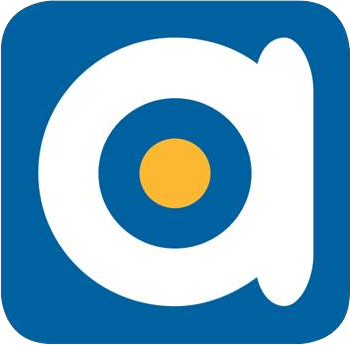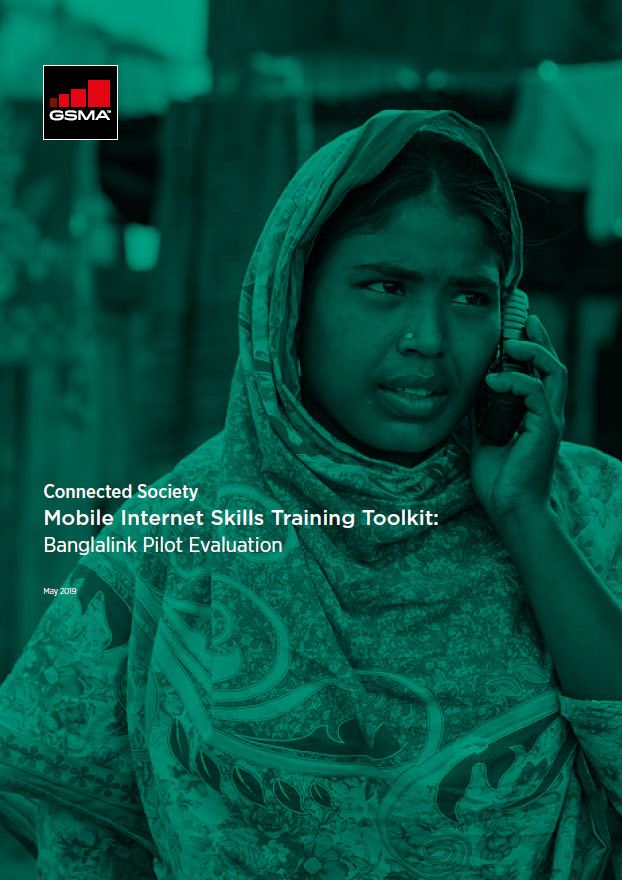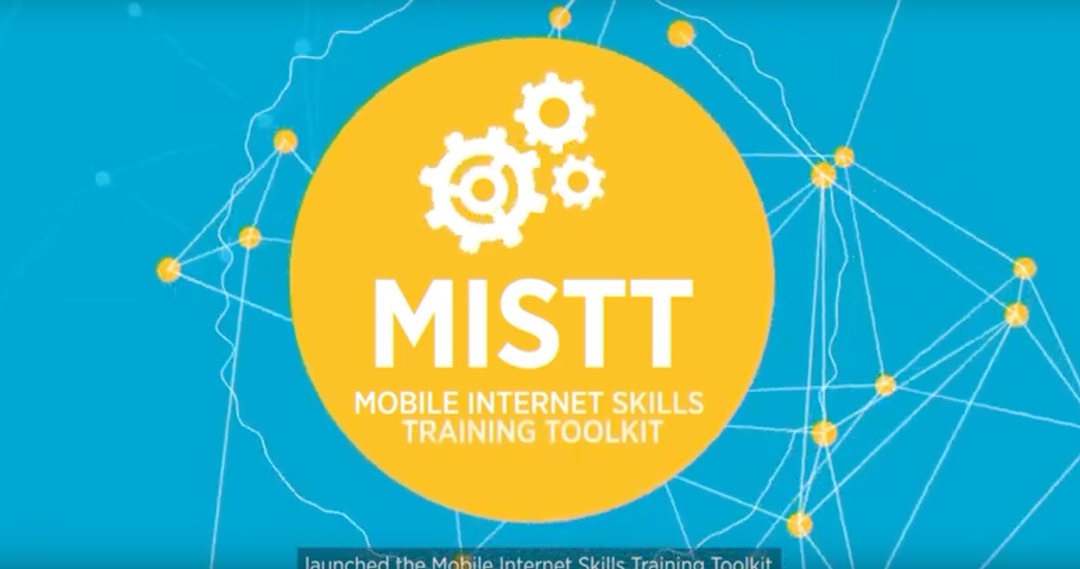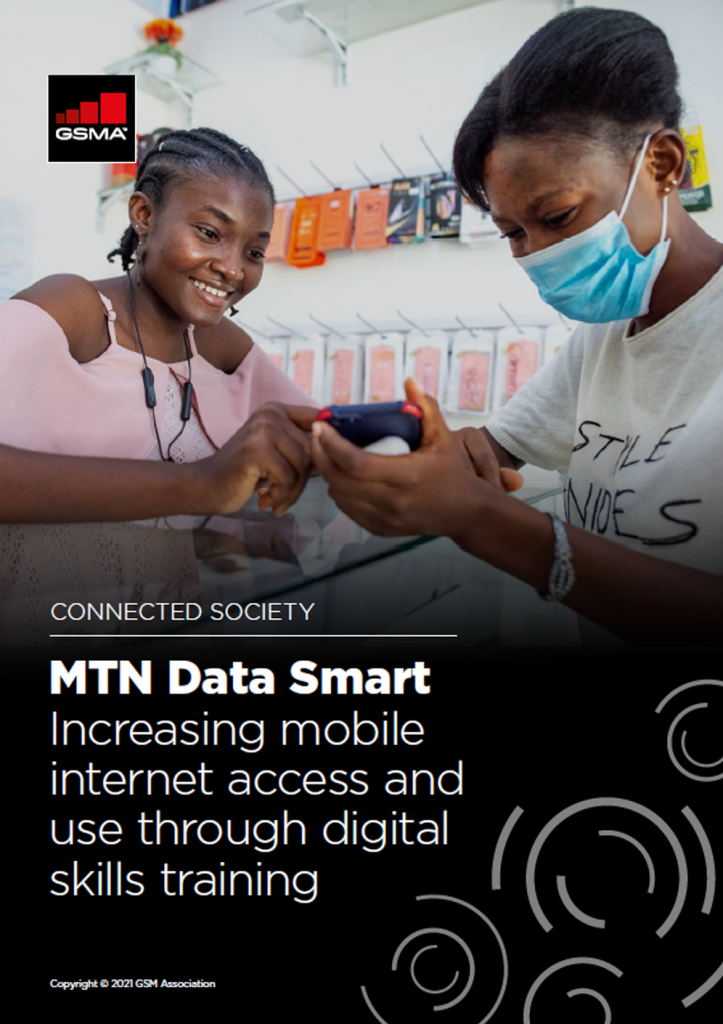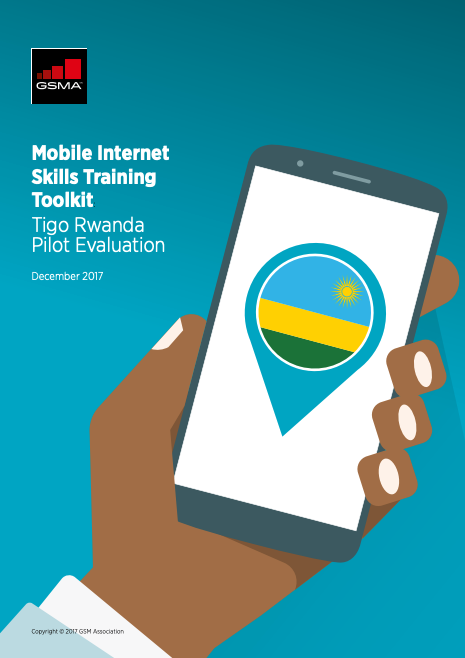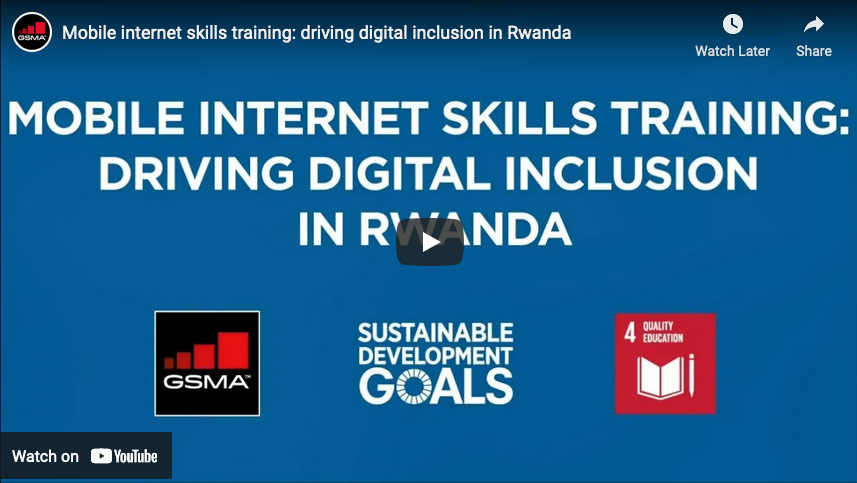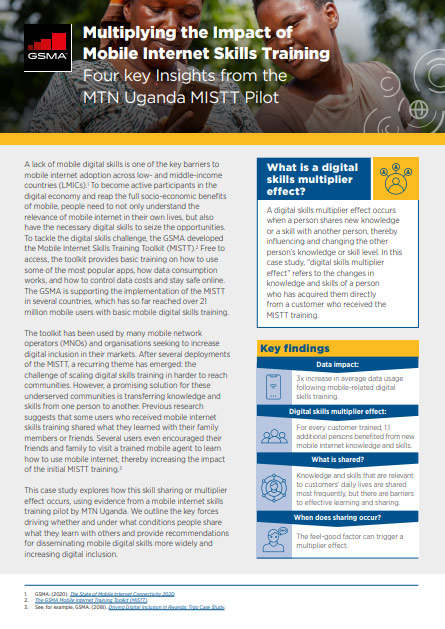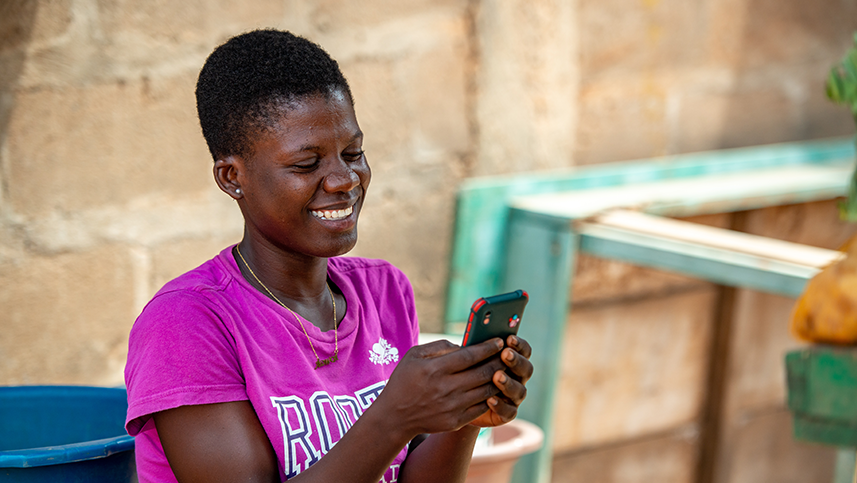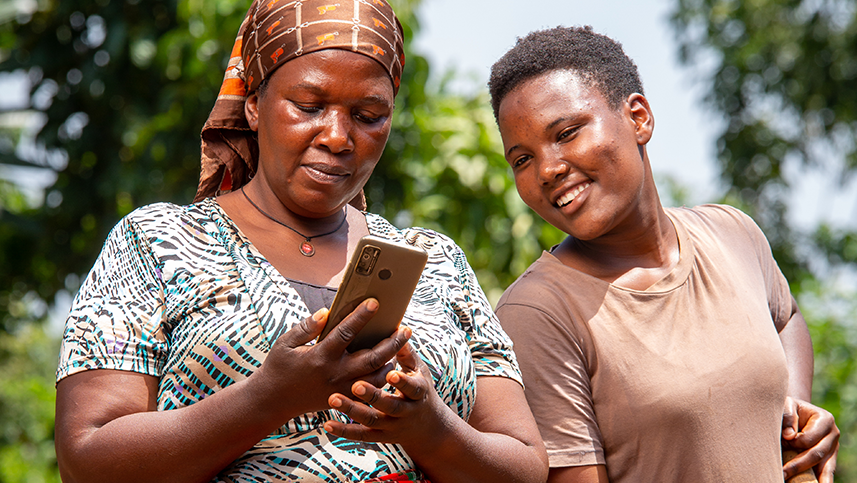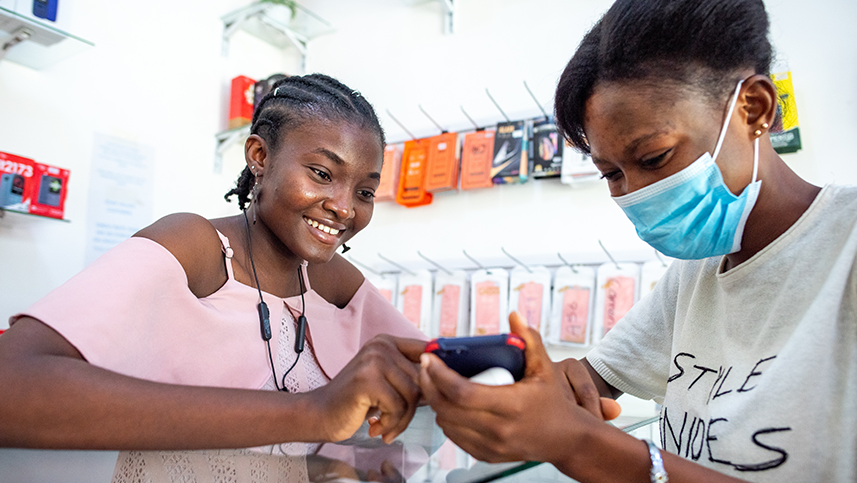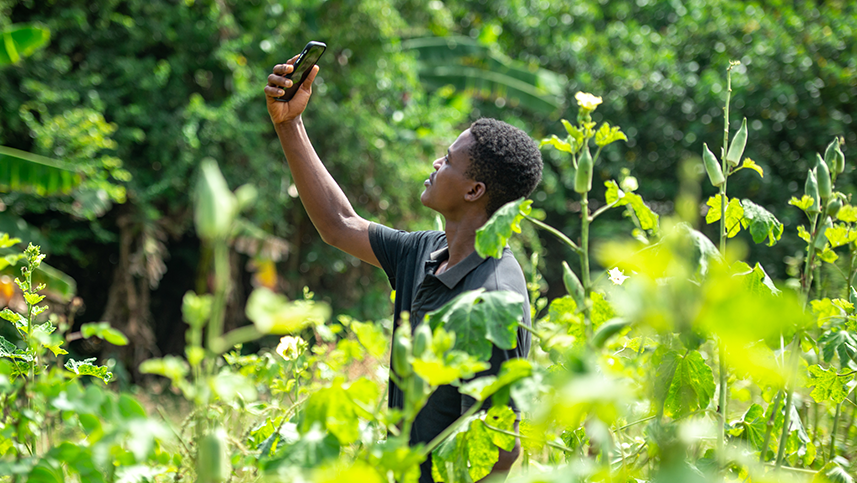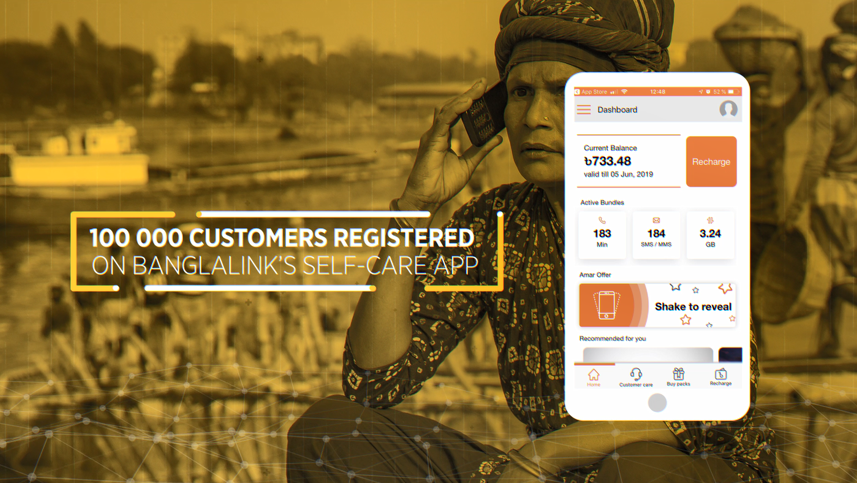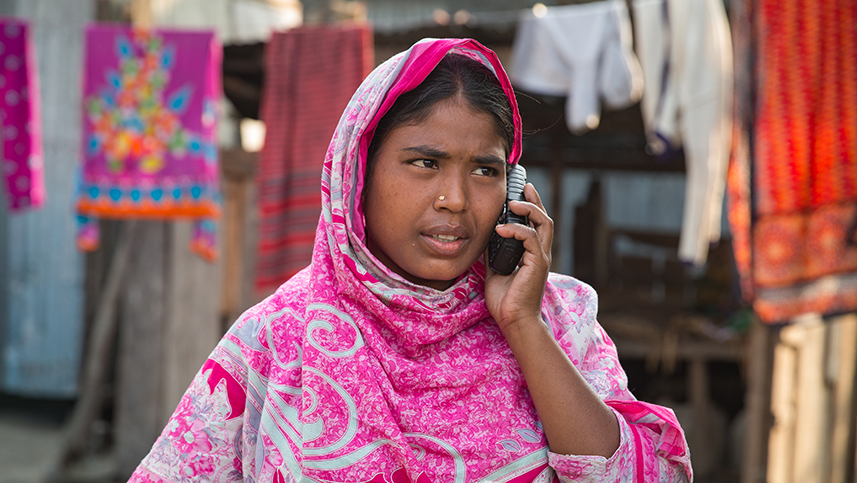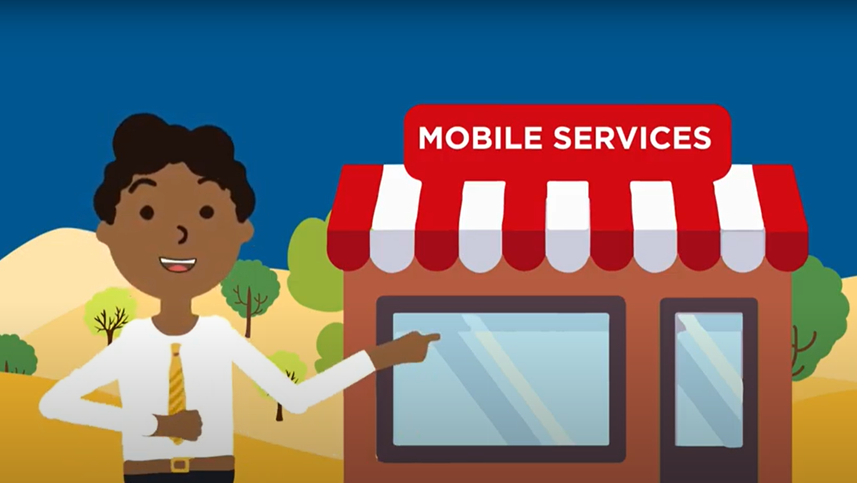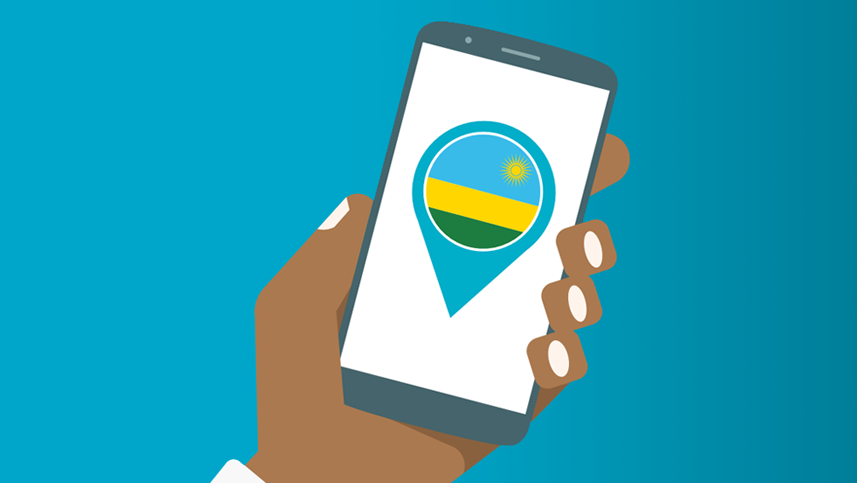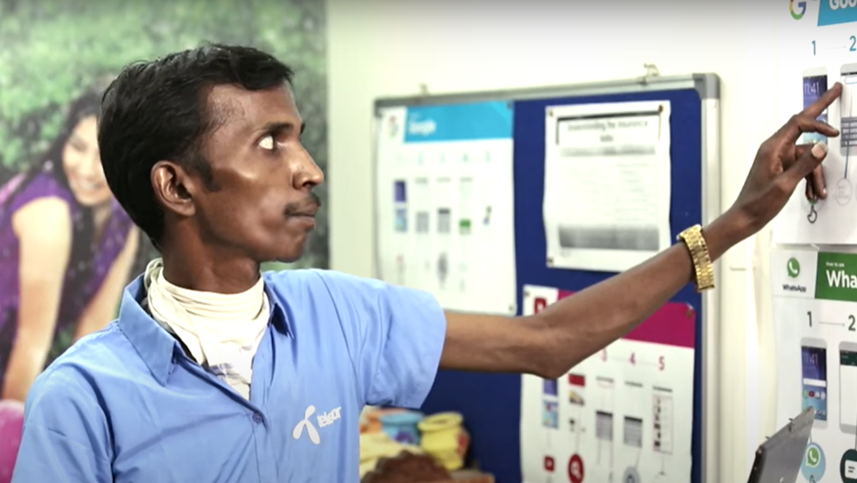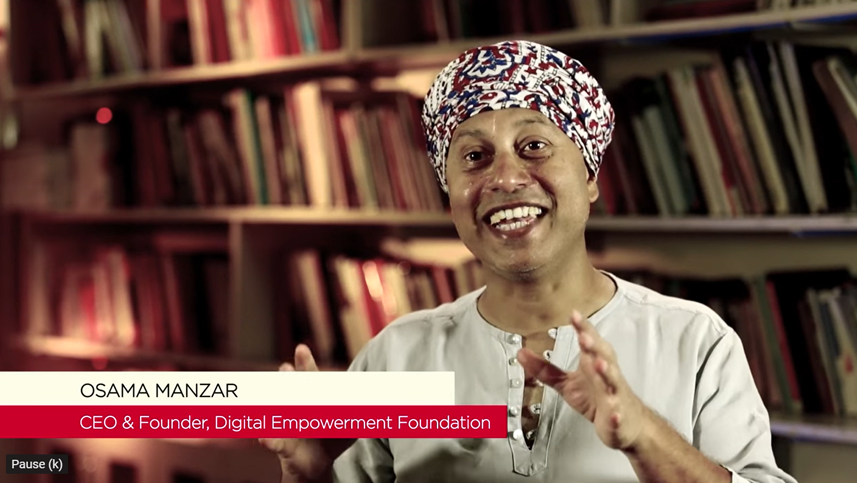> Home > Mobile Internet Skills Training Toolkit
Mobile Internet Skills Training Toolkit
Introduction to the MISTT
The GSMA Mobile Internet Skills Training Toolkit (MISTT) is a set of free resources to teach people the basic skills they need to access and use mobile internet. It uses a ‘train the trainer’ approach and consists of short lessons available in PDF and video format that can be easily adapted to local needs and languages.
Drawing on our experience supporting the training of over 65 million people with materials from the Toolkit, we can support your digital skills efforts in a variety of ways, including advice on strategy, best practices for reaching women, monitoring and evaluation analysis support, troubleshooting during a campaign, ToT sessions, promotion of impact, and more.
Get in touch at [email protected].
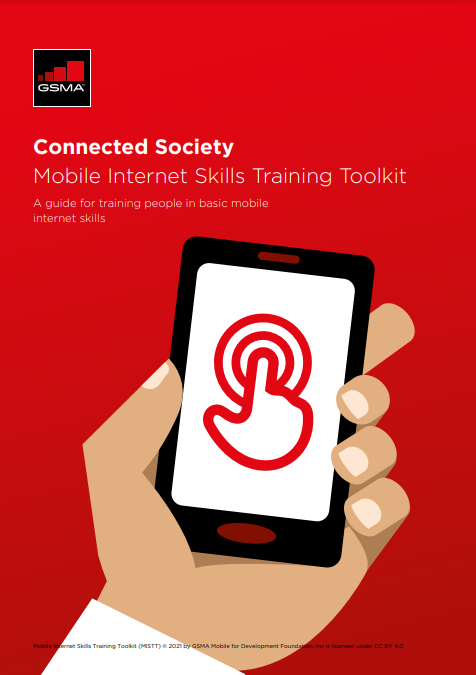
Watch the MISTT webinar

Contents
Guidance for Trainers
Fundamentals
Apps, Websites & Technologies
Learning Pathways
-
The Full MISTT
Download the full Mobile Internet Skills Training Toolkit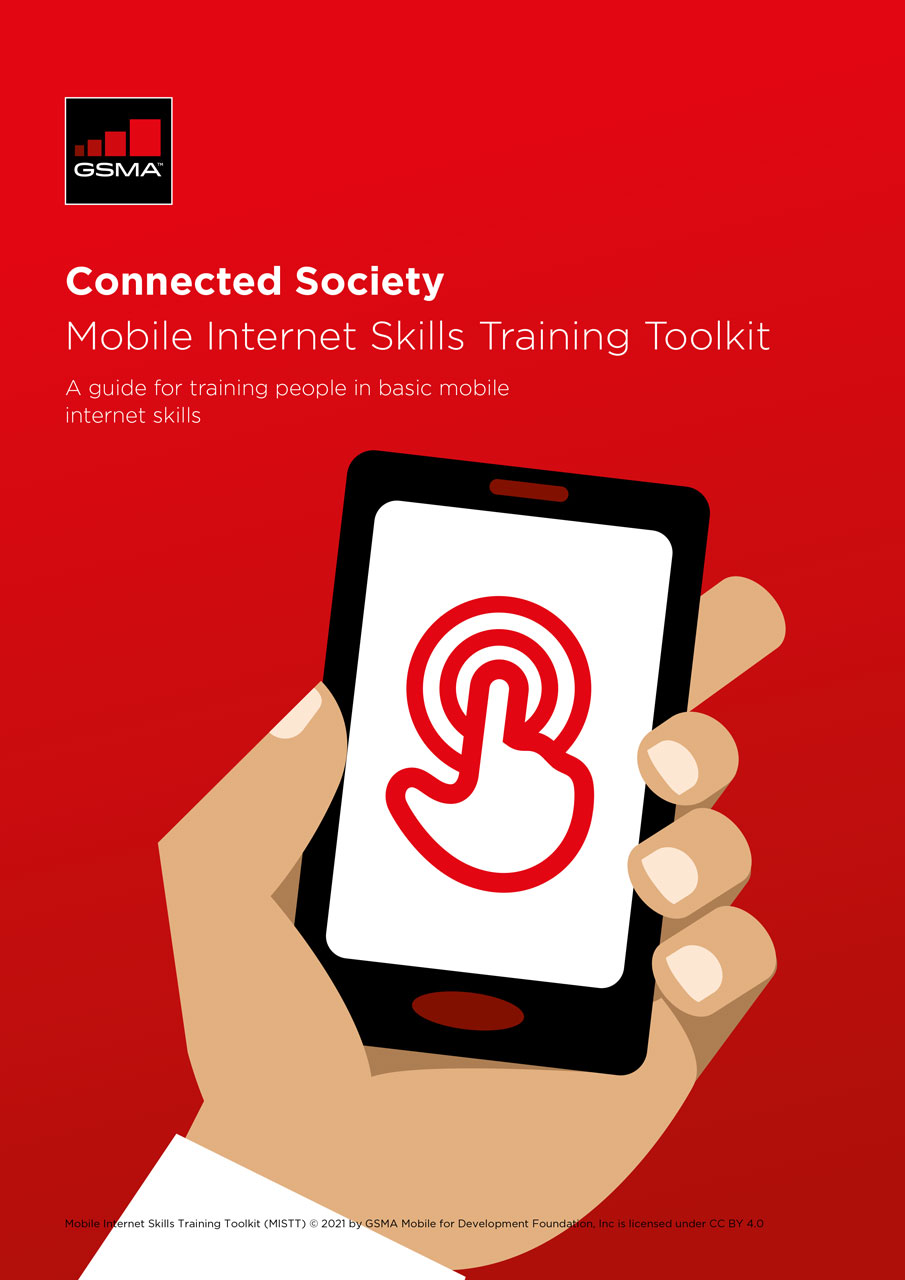
-
Deployment and Impact
Explore the map to learn where the MISTT has been implemented and the impact it has had in different countries
-
Case Studies
Explore these case studies to learn about the MISTT in action
-
How-to Guide
Download our guide on how to design a Mobile Internet Skills Training Toolkit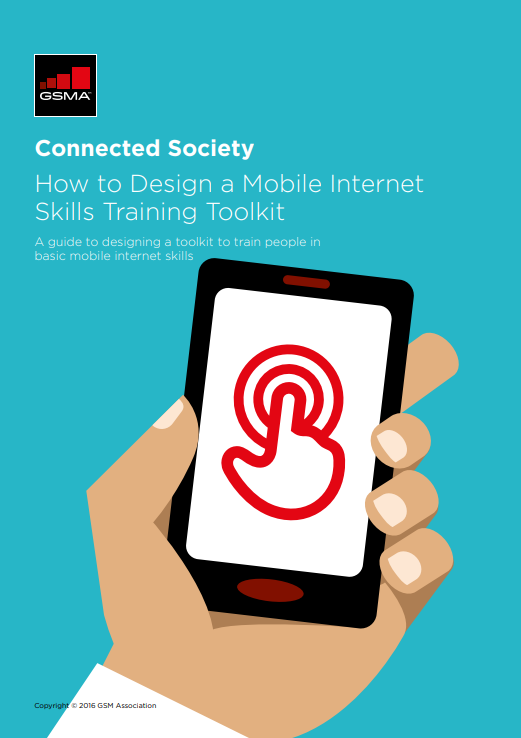
-
Subscribe to Latest Updates
Subscribe to our mailing list to be the first to hear about MISTT updates
This section provides general resources to guide trainers in delivering sessions. Learn how to design and implement trainings and when to use In-Depth versus Bitesize modules, discover tips and best practices, and download a useful training session checklist.
How to use the toolkit
Introduction to the Internet
This module aims to help users understand the purpose of the training and feel safe, confident and motivated to learn about mobile internet. Trainees will be introduced to basic icons and functions on the smartphone, and will discuss the benefits of the internet and how it can add value to their everyday lives.
Bitesize training
In-depth training
This module gives trainees a basic understanding of online safety including dealing with unsolicited contact, avoiding inappropriate content, the importance of online safety for children and how to turn on parental controls, differentiating between reliable and false information, and how to report content on YouTube and Facebook.
Bitesize training
The GSMA’s module on mobile money teaches trainees what mobile money is and helps them understand that there are a number of ways it can be used to improve their lives. After taking this module, trainees will know how to register for mobile money, send money to a friend or relative, pay a bill, and understand basic safety implications.
To complement the GSMA’s mobile money module, and provide more in-depth training that builds on these foundation skills, we are proud to partner with the Strategic Impact Advisors and share their USAID-funded digital financial literacy series, “Hey Sister! Show Me the Mobile Money!”. The series contains 25 episodes, available in 16 languages and, with scripts you can modify, feature engaging conversations among the women (and sometimes the men in their lives). The series is designed to raise awareness and confidence among women, so that they may consider and effectively use digital financial services.
Bitesize training
Videos
SIA’s Hey Sister! Show Me The Mobile Money! series
Accessibility Features
Around 15% of people in the world have some form of disability. This module teaches trainees about a set of functions known as accessibility features that can help people with visual or hearing impairments to improve the mobile phone user experience. Particpants will learn about features including changing or correcting colours, magnification, text to speech, sound enhancement, sound amplication, captions and live transcriptions.
Bitesize training
This module gives learners tips on how to stay safe online. It provides many examples of common scams, how to recognise them and when not to share personal information online or respond to fraudulent requests for money.
This module was originally developed for people in Ghana, in collaboration with MTN Ghana.
This module gives learners a basic understanding of what mobile apps are and how to install them on their mobile using Google Play. This module provides many examples of apps and their purpose such as for communicating, finding information, financial purposes, buying and selling online, and accessing government services.
This module was originally developed for people in India, in collaboration with Jio.
Apps, Websites & Technologies
This module teaches trainees how to communicate on WhatsApp and helps them understand how WhatsApp can be beneficial to their lives. They will learn how to send text messages, photos and voice messages to individuals and groups, and will also gain an understanding of the safety and cost implications of WhatsApp.
Bitesize training
In-depth training
YouTube
This module trains users on how to use YouTube to access videos and music and demonstrates the wide range of content available. Trainees will learn how to search for relevant content by typing in the search box and by using the microphone. They will also gain an understanding of the safety and cost implications of YouTube.
Bitesize training
In-depth training
In this module, trainees will learn how to use Google to search for information and will gain an understanding of the wide range of content available to them on the internet. They will also learn how to stay safe when using Google and how much it costs.
Bitesize training
In-depth training
Wikipedia
This module teaches participants how to use Wikipedia to access free information and explains that it is created by people all over the world. Trainees will learn how to search for content, how to read content in another language, and how to stay safe when using Wikipedia.
Bitesize training
In-depth training
This module teaches trainees what Facebook is and how they can use it to connect with friends. During the training, participants will create a Facebook account and will learn how to access it from their phone, add friends, like pages and create posts. The module also covers safety considerations and demonstrates how to stay in control of their privacy.
Bitesize training
In-depth training
Android
This module gives trainees a basic understanding of what Android is and how it can help them to access the internet. Participants will learn how to create a Google account and how to use various Google apps including the Google Play Store, Chrome, Google Assistant and Gmail. They will also discover basic tips on how to save money and stay safe on Android.
Bitesize training
KaiOS
This module teaches KaiOS users many of the basic operations they can perform on a KaiOS-enabled phone. By the end of the module the trainee will have learned how to connect to Wi-Fi, download apps from the KaiStore, access websites from their browser, and use common apps such as Google Assistant, Google Maps, WhatsApp and KaiNews, all from their KaiOS-enabled phone.
ayoba
This module shows users how they can use ayoba to connect with friends, family and colleagues. Trainees will discover how to send text messages, photos and voice messages to individuals and groups, and how they can access news, music and games by subscribing to ayoba channels.
Connecting with family
This pathway consists of four modules centred around interacting with one or multiple family members using an instant messaging app such as WhatsApp. With each module, learners develop new skills such as starting a new chat, adding members to a group, and evaluating the authenticity of a forwarded message. The first two modules show learners how they can communicate through video calling and voice messaging. Next, they learn how they can share photos with a group of people. The final module teaches trainees how they can share messages they’ve received with others. Each module can also be taught stand alone, so learners can choose those that are most relevant to them.
These training materials were originally developed for women and their families in India, in collaboration with Jio.
Video modules
Learning and discovering for your family
This pathway consists of four modules centred around learning useful things for the household such as recipes, edutainment, and government schemes. Through each module, learners develop new skills such as launching Google Assistant, using and sharpening search strings, and evaluating search results. The first two modules teach trainees how to do voice searches. Next, they lean how to explore the voice search results to find the information most useful to them. Each module can also be taught stand-alone, so learners can choose those that are most relevant to them.
These training materials were originally developed for women and their families in India, in collaboration with Jio.
Video modules
Staying connected and entertained
This pathway consists of four modules centred around entertainment. The first two modules start with building skills to interact and exchange entertainment media with a family member, a friend or multiple people in the community using WhatsApp. Next, learners build their skills to sign up for a social media account such as Facebook. The last module, which builds on all previously learned skills teaches trainees how to find videos for entertainment such as entering text in a search bar, browsing search results and following a page. Each module can also be taught stand-alone, so learners can choose those that are most relevant to them.
These training materials were originally developed for youth in Ghana who have limited or no mobile internet skills, in collaboration with MTN Ghana.
Video modules
Train-the-trainer presentation
-
English DOC
Building skills to boost your business
This pathway consists of four modules centred around finding relevant information to support one’s business. In this pathway, learners begin by building their search skills. Next, they learn how to browse search results and understand how to manage data costs of videos. In the third module, they are taught how to download media on their phone, including saving content and navigating their gallery. The last module shows trainees how to identify reliable information and teaches them how to identify misleading headlines, recognise credible websites and understand timeliness of results. These training materials were originally developed for youth in Ghana who have limited or no mobile internet skills, in collaboration with MTN Ghana.
To complement the GSMA’s business pathway, we are proud to partner with the Strategic Impact Advisors and share their USAID-funded series, “Her Business, Her Future”, a business management and digital literacy training programme for women micro-entrepreneurs. Further resources, including in PowerPoint format, can be downloaded directly from SIA’s website.
Download the full Mobile Internet Skills Training Toolkit, comprising the modules from the Fundamentals and Apps, Websites & Technologies sections.
See the impact of the toolkit
The MISTT has been deployed in 27 countries to date with more that 65 million people trained. Click on a highlighted country to find out about the MISTT implementation in that country and its impact.
- Bangladesh
- Benin
- Cameroon
- Rwanda
- Uganda


Mobile internet use increased by 228% among trained users.
42% started using mobile internet during the pilot phase.
Data revenue increased by 143%; and of those who had not used data on their Banglalink SIM before.
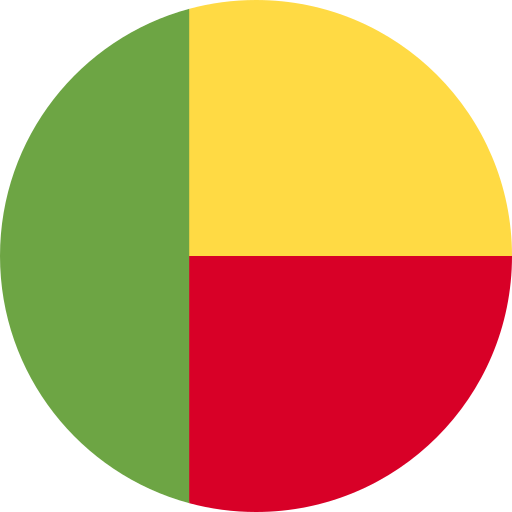
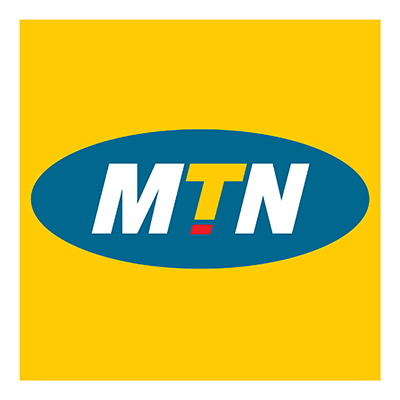
After the pilot in Benin, the average monthly mobile internet use per trained customer increased from 15 MB to 79 MB over a four-month period, an increase of 427%. Uptake was highest among smartphone users, with monthly data usage soaring from 57 MB to 322 MB, an increase of 465%. Similarly, data use among feature phone users more than tripled.
In addition to higher data use, the total number of active data subscribers (ADS) increased by over 300,000 (before and after the pilot), a 24% increase.
Across all device types, monthly mobile internet data ARPU increased four-fold, from CFA 26 to CFA 107, an increase of 311%. Smartphone users showed even more impressive uptake, from CFA 88 to CFA 423, a 380% increase.
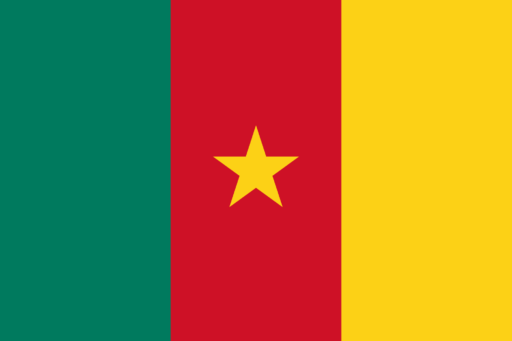

After the three-month pilot, average monthly mobile internet use increased from 42 MB to 139 MB among trained customers across all devices (231% increase). This uptake was significantly higher for smartphone users, with average monthly data usage rising from 80 MB to 337 MB, an increase of 321%.
As a result of the pilot, the monthly data ARPU of trained customers increased significantly, from CFA 99 to CFA 172 (74% increase) for all users, and from CFA 103 to CFA 269 (161% increase) for smartphone users.
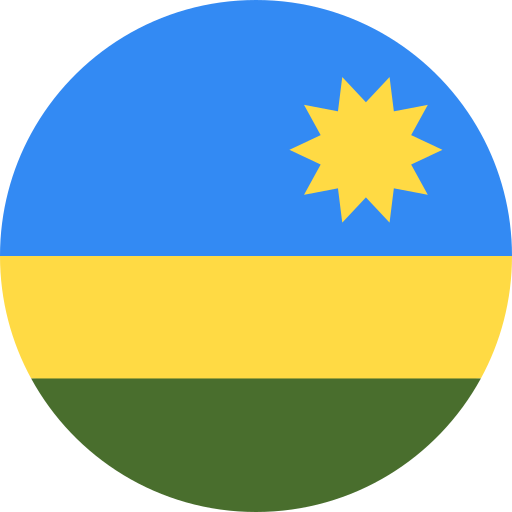
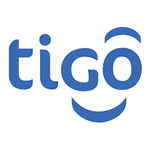
77% of MISTT trained customers increased their data usage.
MISTT trained sales agents managed to increase the number of new data subscribers by 15%.
MISTT had an ROI of 13% in a month and 240% in a quarter.
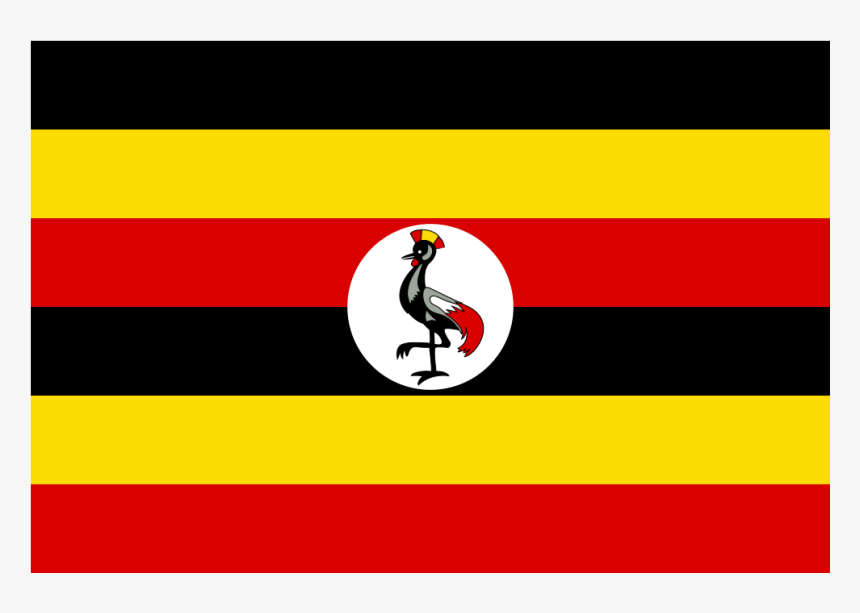

Mobile internet data usage tripled following a mobile-related digital skills training pilot delivered to mostly literate customers who had at least a secondary school degree.
New knowledge and skills reached more than double those trained during the pilot. For every customer trained, 1.1 additional persons benefited from new mobile internet knowledge and skills.
MISTT Reports and Videos
How to design a mobile internet skills training toolkit
- This how-to guide is aimed at mobile operators, NGOs, government or development organisations that want to improve the mobile literacy of a particular group of people.
- This guide provides a clear and easily adaptable framework for designing and delivering contextually specific training in basic mobile internet skills.
- Through the practical recommendations outlined, you will be able to create a localised and customised toolkit that is relevant to your audience.
- This guide complements the Mobile Internet Skills Training Toolkit (see above for download options).

Subscribe for the latest updates
Do you want to be the first to hear about MISTT updates? Subscribe to our mailing list and we’ll notify you when:
- A new module is added to the MISTT
- A new platform for viewing the MISTT becomes available
- A new case study, report or video on digital skills is published
Mobile Internet Skills Training Toolkit (MISTT) © 2021 by GSMA Mobile for Development Foundation, Inc is licensed under CC BY 4.0
All of the content in the Mobile Internet Skills Training Toolkit (MISTT) was created by the GSMA Mobile for Development Foundation in an effort to improve digital inclusion globally. In keeping with the principles of Digital Public Goods, the material is available freely under the Creative Commons Attribution 4.0 International License (CC BY 4.0). This license allows reusers to distribute, remix, adapt, and build upon the material in any medium or format, so long as attribution is given to the creator. The license allows for commercial use. This work was made possible with funding from the Foreign, Commonwealth & Development Office (FCDO).
Contact the GSMA
Please get in touch if you need more information or have any queries about anything you see on our website.
Contact us








